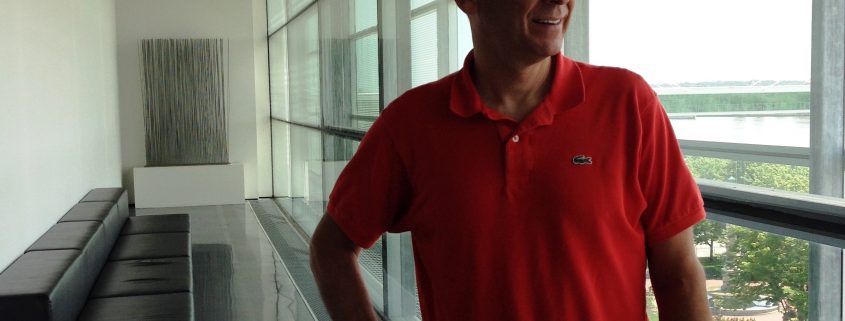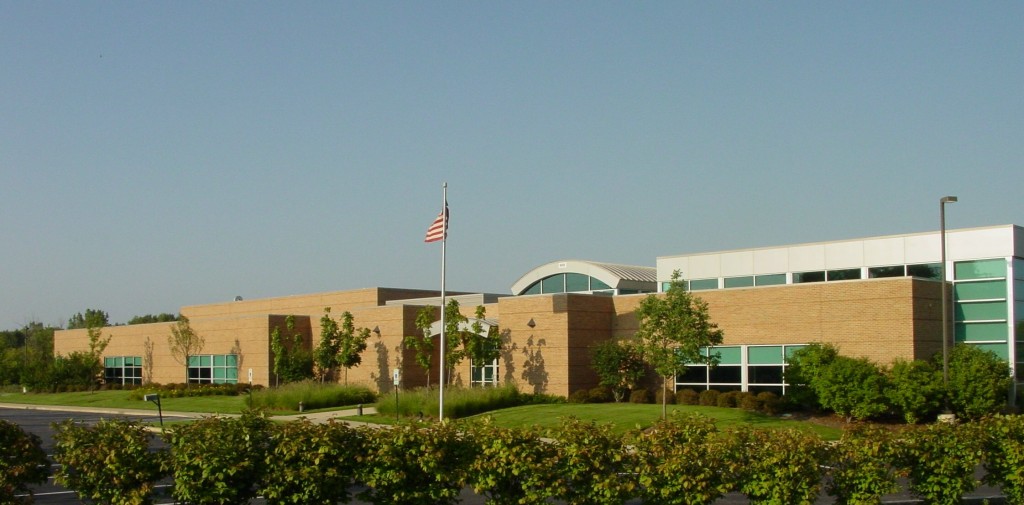Architectural Glass: An Inside Look

Architectural glass is more popular than ever and is increasingly specified to achieve greater levels of daylight in buildings and for openness, transparency, and views. Building owners are seeking a modern, elegant appearance that projects a unique image for their brand. At the same time, more rigorous building and energy codes are dictating improved efficiency in the manufacture and use of glazing materials and assemblies.
These trends have led to changes in the architectural glass industry, including increased sizes in glazed openings; greater options in glass finishing; increasing use of recycled materials; and improved energy efficiency in window assemblies.
On a recent family trip we visited the Figge Art Museum in Davenport, Iowa. The museum, designed by David Chipperfield, gets its sleek modern image in large part from its architectural glass cladding. The elegant museum offers spectacular views of the mighty Mississippi River. The museum’s glass exterior is made of reflective, transparent and opaque surfaces which reflect its riverside location and the local weather patterns. The 114,000 square foot facility is beautifully detailed, with light and bright interiors which serve as an inspiring backdrop to the works of art.
The design intent on the Figge was to create a structure that during the day would reflect the beautiful views of the river. At night the building’s exterior appears to magically dissolve as interior lighting transforms the building to a transparent appearance. No other building material can accomplish the kind of elegant transformation that architectural glass can achieve.
We used a similar approach when designing the Plumbers Local Union 93 Training Facility in Volo, IL. Their previous facility lacked natural daylight. The new location, situated just west of an active wetland was the inspiration behind the use of architectural glass. We chose blue glass to evoke the image of clean clear water.
Architectural Glass Benefits at a Glance:
Safety – This of course is the most important consideration of any project. Safety glazing material, usually tempered or laminated glass, makes glass resistant to impact. When tempered glass does break, the pieces are smaller and safer than standard glass. Laminated glass consists of layers of glass that are fused together under heat and pressure. Laminating produces safety glass because the glass will stay in place in the frame even if broken.
Daylighting – Sunlight reduces energy use by limiting the need for artificial lighting. Daylighting produces a more positive school or work environment.
Security – For buildings exposed to extra risk, laminated security glass can be designed for bullet and blast resistance. Specialty glazing can also be applied for wind and impact protection.
Energy Saver – Specialty glass can filter light to reduce heat transfer from outdoors into buildings. This can keep buildings cool during the day, while retaining heat during the night, thereby reducing energy consumption.
Design Versatility – Virtually unlimited aesthetic design options ensure the external architectural appearance is elegant and stunning.
Utilizing modern architectural glass products achieves improved energy efficiency, virtually unlimited aesthetic design options, light control, increased openness and transparency, and amazing views.





